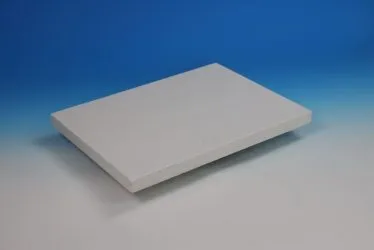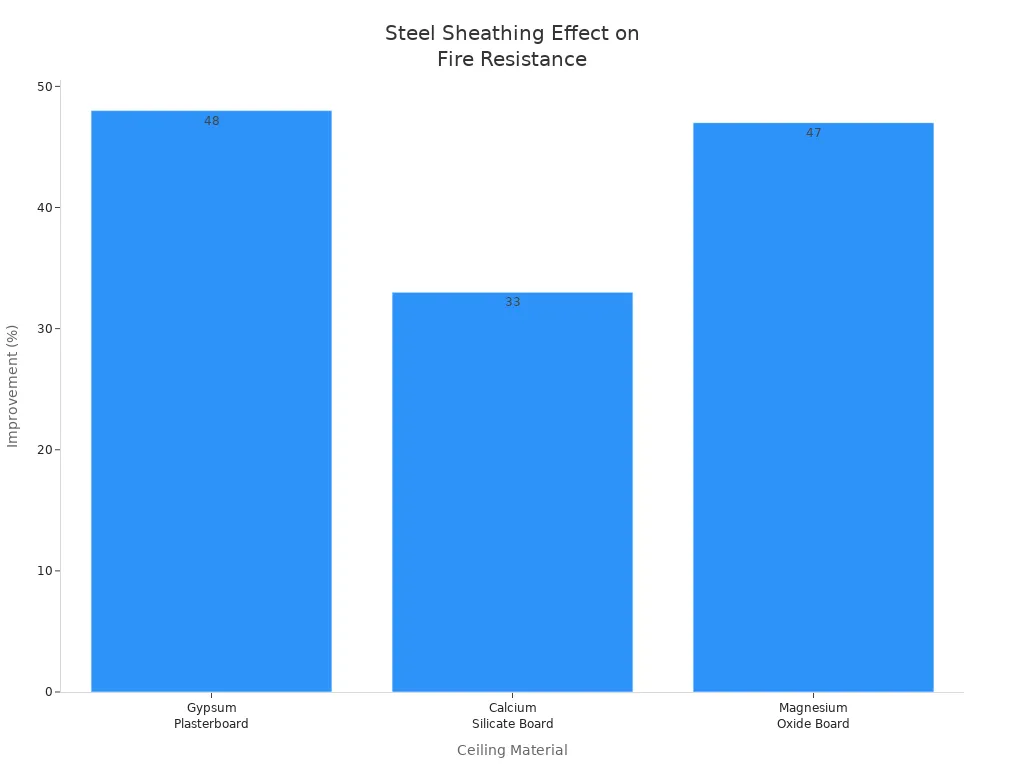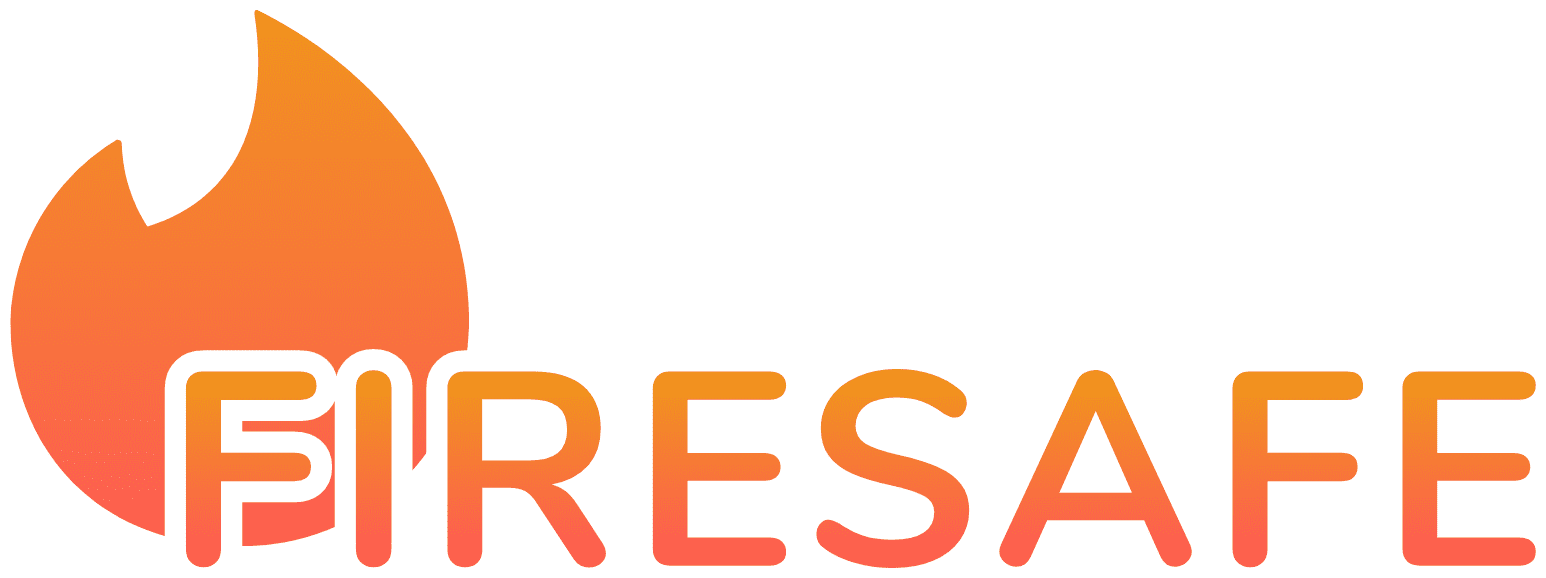You want a ceiling that is safe and lasts a long time. A calcium silicate board ceiling is very good at stopping fire. It also does not get damaged by water easily. When you look at choices, see if the calcium silicate board ceiling fits your project. Always find trusted suppliers and ask if they have certifications. If you install it well, the ceiling will stay strong and look nice for many years.

Key Takeaways
Calcium silicate boards are good at stopping fire and water. This helps make ceilings safer and last longer. These boards come in many sizes and thicknesses. You can use them in small rooms or big, busy places. Calcium silicate boards last longer than gypsum, PVC, and mineral fiber. They also do better with fire and water. If you install them the right way, they stay strong and look nice for years. Always buy from trusted sellers with quality certificates. This helps you get safe and good boards.
Calcium Silicate Board Ceiling Basics
What is Calcium Silicate Board Ceiling?
A calcium silicate board ceiling is a type of construction material used for ceiling applications, made from a mixture of calcium silicate, cement, and natural fibers. It’s known for its durability, fire resistance, and sound insulation properties.
The boards are made by mixing silica and calcium oxide. Then, they are cured with high heat and pressure. There is no asbestos in these boards. Certified products like the 12mm Non-Asbestos Calcium Silicate Board meet the GB6566-2001 Class A standard. This means the ceiling is 100% free of asbestos and safe to use inside. Many boards also have CE certification under EN 13501-1. This shows they are safe from fire and are good quality.
Here is a simple table about what is in the boards:
Component | Percentage Range (%) |
|---|---|
SiO2 | ≥ 55 |
CaO | ≥ 36 |
Al2O3 | ≤ 0.5 |
Fe2O3 | ≤ 1.0 |
Key Properties
Calcium silicate board ceilings have many good features. They are great at stopping fire. The boards can handle high heat and do not burn fast. Most get a Class A fire rating. This means they do not catch fire and can protect a building for up to 120 minutes. The boards also do not let much water in. They can take in some water but do not let mold or mildew grow. You can use them in bathrooms and kitchens. But if there is always water, cement boards are better. These boards also help block sound and keep rooms quiet.
Tip: Calcium silicate board ceilings are good because they stop fire and water. This makes them a smart pick for many buildings.
What Are the Common Uses of Calcium Silicate Board Ceilings?
You can find calcium silicate board ceilings in lots of places.
They are used in offices, homes, and hospitals. They are common in suspended ceiling systems. These are used where sound needs to be absorbed, like in schools and offices. The boards can hold lights and air ducts. Their water resistance helps stop mold, so the air stays healthy.
You can also use these boards for walls, floors, and roofs. Some ways to use calcium silicate board are:
Suspended ceilings in offices, hospitals, hotels, and schools
Wall panels and partitions
Flooring underlays
Roof insulation
Places that need fire safety and sound blocking
When you pick calcium silicate board for your ceiling, you get something strong, safe, and comfortable.
Features to Look For
Durability
If you pick a calcium silicate board ceiling, it will last a long time. These boards can work for over 20 years. They do not burn and do not make dangerous smoke. The boards do not get ruined by water. They keep their shape and do not bend or sag. The boards are strong and stay the same size. This helps the ceiling stay up when it gets hot or wet. Bugs and chemicals cannot hurt the boards. You do not have to worry about pests or rust. You can use calcium silicate board in places with bad weather or lots of water. The boards stay tough and work well even when things get rough.
Safe because they do not burn
Do not get ruined by water
Stay strong and keep their shape
Stop bugs and chemicals from causing damage
Tip: If you install the boards right and take care of them, your ceiling will last even longer. Always follow the instructions from the maker for the best results.
Fire & Moisture Resistance
You want a ceiling that keeps you safe from fire and water. Calcium silicate board stops fire from spreading. It helps keep your building safe. Thicker boards protect even better from fire. The boards also keep out water. This stops mold and mildew from growing. You can use the boards in bathrooms and kitchens if it is not too wet. But the boards are not waterproof. If water touches them all the time, like in showers or pools, they can get damaged. In those places, use other materials or add a waterproof layer.
Good at keeping out water in normal rooms
Stops fire from spreading
Helps keep the air inside healthy
Note: Do not use calcium silicate board where water is always there. This keeps your ceiling strong and safe.
Size & Thickness
You can pick from many sizes and thicknesses for your ceiling. Most panels are 1250mm by 2500mm. The thickness can be from 4mm to 120mm. Thin boards like 12mm are good if you want to save space. Thick boards like 25mm or 50mm are stronger and keep heat in better. Pick the thickness that fits what you need. If you want simple fire safety and some insulation, use 6-9mm. For better fire safety and less noise, use 10-12mm. If you need a very strong ceiling and great soundproofing, use 15mm or more.
Thickness (mm) | Typical Use Case / Characteristics |
|---|---|
4, 6, 8, 9, 10 | Used for light or special jobs |
12 | Good for saving space |
18, 20 | Used for different building needs |
25 | Used for building and keeping heat in |
50 | Used for more heat and support |
100, 120 | Used for heavy jobs and lots of heat |
Thickness Range (mm) | Typical Applications | Primary Benefits |
|---|---|---|
6-9 | Used for walls and ceilings | Simple fire safety, some insulation |
10-12 | Used for fire-safe walls, offices | Better fire safety, less noise |
15+ | Used for factories and tough jobs | Best fire safety, very strong, great soundproofing |
Callout: Thick boards cost more and are harder to put up, but they keep heat in better and last longer.
Design Options
You can make your ceiling look special with calcium silicate board. Many companies sell tiles with different looks and shapes. You can pick smooth, rough, or fancy finishes. The boards come in many sizes and thicknesses. You can match your style. Use these boards in new or old rooms. You can choose how your ceiling looks and works.
Many textures and patterns to pick from
Different finishes for your style
Many sizes and thicknesses for your design
Tip: Look at all the design choices before you buy. This helps you pick a ceiling that looks good in your room.
Calcium Silicate Board vs. Other Materials
When you pick a ceiling, you want to know your choices. Let’s see how calcium silicate board compares to other materials. We will look at gypsum board, PVC panels, and mineral fiber ceilings.
Gypsum Board
Gypsum board is used a lot in homes and offices. It is easy to put up and does not cost much. Many people use it for simple jobs or to save money.
Both gypsum board and calcium silicate board stop fire well. In tests, both do a good job in fire. Calcium silicate board keeps its shape and does not crack. This is because of how it is made. Gypsum board also helps with fire, but it may not stay strong as long. Here is a table that shows how they do in fire:
Material | Insulation Failure Time | Steel Sheathing Effect |
|---|---|---|
Gypsum Plasterboard | Like calcium silicate board | 48% better |
Calcium Silicate Board | Like gypsum board | 33% better |
Magnesium Oxide Board | Not as good | 47% better |
Both gypsum and calcium silicate board protect well from fire. If you add steel sheathing, both get even safer.

Gypsum board is cheaper to buy and put up. You can even do it yourself. Calcium silicate board costs more and needs a pro to install. But it lasts longer and does not need many repairs. Gypsum board can get ruined by water and may need to be changed more.
Gypsum board: Cheaper, easy to put up, stops fire, not good with water.
Calcium silicate board: Costs more, needs a pro, lasts longer, better with water.
Tip: Pick gypsum board if you want to spend less now. Pick calcium silicate board if you want a ceiling that lasts and needs less fixing.
PVC Panels
PVC panels are made from plastic. You see them in bathrooms, kitchens, and wet places. PVC panels do not get ruined by water. They are light and easy to clean. You can put them up fast. They come in many colors and patterns.
But PVC panels do not stop fire well. They can melt or make smoke in a fire. Do not use them where fire safety is needed. PVC panels also do not block sound as well as the other boards. If you want a quiet room or need fire safety, PVC panels are not the best.
PVC panels: Good for wet places, easy to clean, not good for fire, not very quiet.
Mineral Fiber
Mineral fiber ceilings are used in offices, schools, and hospitals. These panels are made from natural or recycled stuff. They help soak up sound and make rooms quieter. Mineral fiber panels are light and easy to put up.
Mineral fiber ceilings can stop fire, but not as well as the other boards. They can get ruined by water and may sag or get mold if it is damp. You may need to change them more in wet rooms.
Mineral fiber: Good for sound, light, easy to put up, not as strong against fire or water.
Pros & Cons
Here is a quick look at the good and bad things about each ceiling material:
Material | Pros | Cons | Typical Use Cases |
|---|---|---|---|
Calcium Silicate Board | Great at stopping fire and water, lasts long, strong | Costs more, needs a pro to put up | Hospitals, offices, kitchens, safe places |
Gypsum Board | Cheap, easy to put up, stops fire | Not good with water, may need fixing | Homes, offices, dry places |
PVC Panels | Good with water, easy to clean, many looks | Not good with fire, not very quiet | Bathrooms, kitchens, wet places |
Mineral Fiber | Good for sound, light, easy to put up | Not strong against fire or water, can sag | Schools, offices, public spaces |
Note: Always pick the ceiling that fits your needs. If you want the best fire and water safety, calcium silicate board is a strong choice.
Installation
Tools Needed
You need the right tools to install a calcium silicate ceiling board. Start with a tape measure and a pencil for marking. Use a spirit level to keep your ceiling straight. You will need a power drill and screws for fixing the boards. A saw with a carbide blade helps you cut the boards because they are brittle. Wear safety goggles and gloves to protect yourself. Use a trowel for applying joint compound. A sanding block smooths the edges and joints.
Tool | Purpose |
|---|---|
Tape measure | Measure board and ceiling size |
Spirit level | Keep ceiling flat and even |
Power drill | Fix boards to frame |
Carbide saw blade | Cut boards cleanly |
Safety gear | Protect eyes and hands |
Trowel | Apply joint compound |
Sanding block | Smooth edges and joints |
Tip: Always use a carbide blade. Regular blades can chip or break the board.
Process Steps
You can follow these steps for a smooth installation process. First, check the ceiling frame. Make sure it is straight and strong. Lay out the boards before fixing them. Mark the spots for lights and vents. Cut the boards to size with your saw. Hold the boards up and fix them with screws. Keep the screws at least 15mm from the edge to stop cracks. Fill the joints with compound and smooth them with a trowel. Sand the joints after they dry. You can paint or add patterns for a nice finish.
Check and prepare the ceiling frame.
Measure and mark board positions.
Cut boards to fit your design.
Fix boards with screws, keeping edges safe.
Fill and sand joints for a smooth look.
Add paint or patterns for style.
Callout: You can choose from many finishes and patterns. This lets you match your ceiling to your room style.
Mistakes to Avoid
You should avoid common mistakes to get the best results. Do not use regular saw blades. They can break the boards. Never fix boards to a weak or uneven frame. This can cause sagging. Do not place screws too close to the edge. The board may crack. Avoid skipping joint compound. Gaps can show and look bad. Do not rush the drying and sanding steps. Take your time for a smooth finish.
Use the right tools for cutting.
Check the frame before starting.
Keep screws away from edges.
Fill and sand joints well.
Allow enough drying time.
Note: Handle boards gently. They can break if you drop or bend them.
Cost & Buying Tips
Price Range
It is important to know the cost before you buy a ceiling. The price of calcium silicate board changes by size, thickness, and how many you get. If you buy a lot, each board costs less. Here is a table that shows the usual prices:
Unit of Measurement | Typical Price Range | Order Condition | Notes |
|---|---|---|---|
Per cubic meter | Mid-volume orders | Standard 25mm high-density boards | |
Per cubic meter | $80 – $100 | Very large volume (1000+ m³) | Bulk purchase |
Per square meter | $1.35 – $1.86 | 300+ to 2000+ sqm | Area-based pricing |
Per piece (1220x2440mm) | $5 – $6 | Standard panel sizes | Typical piece pricing |
Thicker or special boards can cost more money. Buying a lot at once helps you save money.
Quality Checks
You should always make sure the boards are good quality. Look for these certifications:
ISO 9001 means the company manages quality well
ASTM E84 checks fire safety
EN 12467 is for building standards
CE certification shows European quality
GREENGUARD means it is safe for the environment
Ask for test papers that show fire resistance, water absorption, and strength. These papers prove the boards are safe and strong.
Tip: Always ask to see real certificates. This helps you stay away from bad products.
Where to Buy Calcium Silicate Ceiling Board ?
The safest and most reliable option is to buy directly from FireSafe, a professional calcium silicate board manufacturer in China. By working with us, you avoid middleman costs and ensure consistent quality for your projects.
Why Choose FireSafe?
- Certified Quality – ISO and fire-resistance reports available for every batch
- Custom Options – Thickness range 6–60mm, surface finishing, and tailored sizes
- Global Supply – Experience in shipping to 20+ countries with on-time delivery
- OEM & Project Support – From drawings to installation guidance, we provide full technical service
Buying Tips
- Always ask for test reports and certifications (FireSafe provides them upfront)
- Match thickness and performance with your project requirements
- Compare prices, but also check supplier experience and after-sales support
- Choose a direct manufacturer like FireSafe to save 15%+ cost and get expert advice
💡 Tip: Buying from FireSafe means your ceiling system will be safer, longer-lasting, and supported by a team with proven fireproofing project experience.
FAQ
What makes calcium silicate board ceilings safe?
You get safety because these boards do not burn easily. They resist fire and water. Most products do not contain asbestos. You can use them in homes, schools, and hospitals with confidence.
Tip: Always check for safety certifications before you buy.
Can you paint or decorate calcium silicate board ceilings?
Yes, you can paint or finish these ceilings. Use water-based paint for best results. You can also add patterns or textures. Make sure the surface is clean and dry before you start.
How do you clean a calcium silicate board ceiling?
You can use a soft cloth or a vacuum with a brush. For stains, use a damp cloth with mild soap. Do not use harsh chemicals. Let the ceiling dry after cleaning.
Are calcium silicate boards good for bathrooms?
You can use them in bathrooms because they resist moisture. Do not use them in places with constant water, like showers. For wet areas, add a waterproof layer.
How long does a calcium silicate board ceiling last?
You can expect these ceilings to last over 20 years. They do not sag or warp. If you install and maintain them well, they stay strong and safe for a long time.
